From the Sword and Dragon Dances to the fight for justice and the continuing friendship with dozens of international scholars.
by Alessandro Amicarelli

The European Academy of Religion (EUARE) annual conferences are the largest gatherings of religious scholars in Europe. As in previous editions, the 2025 conference in Vienna included a session focused on Tai Ji Men and its case.
The session was chaired by Peter Zoehrer, Executive Director of the Forum for Religious Freedom Europe (FOREF), who highlighted the friendship established between Tai Ji Men, religious scholars, and human rights activists worldwide.
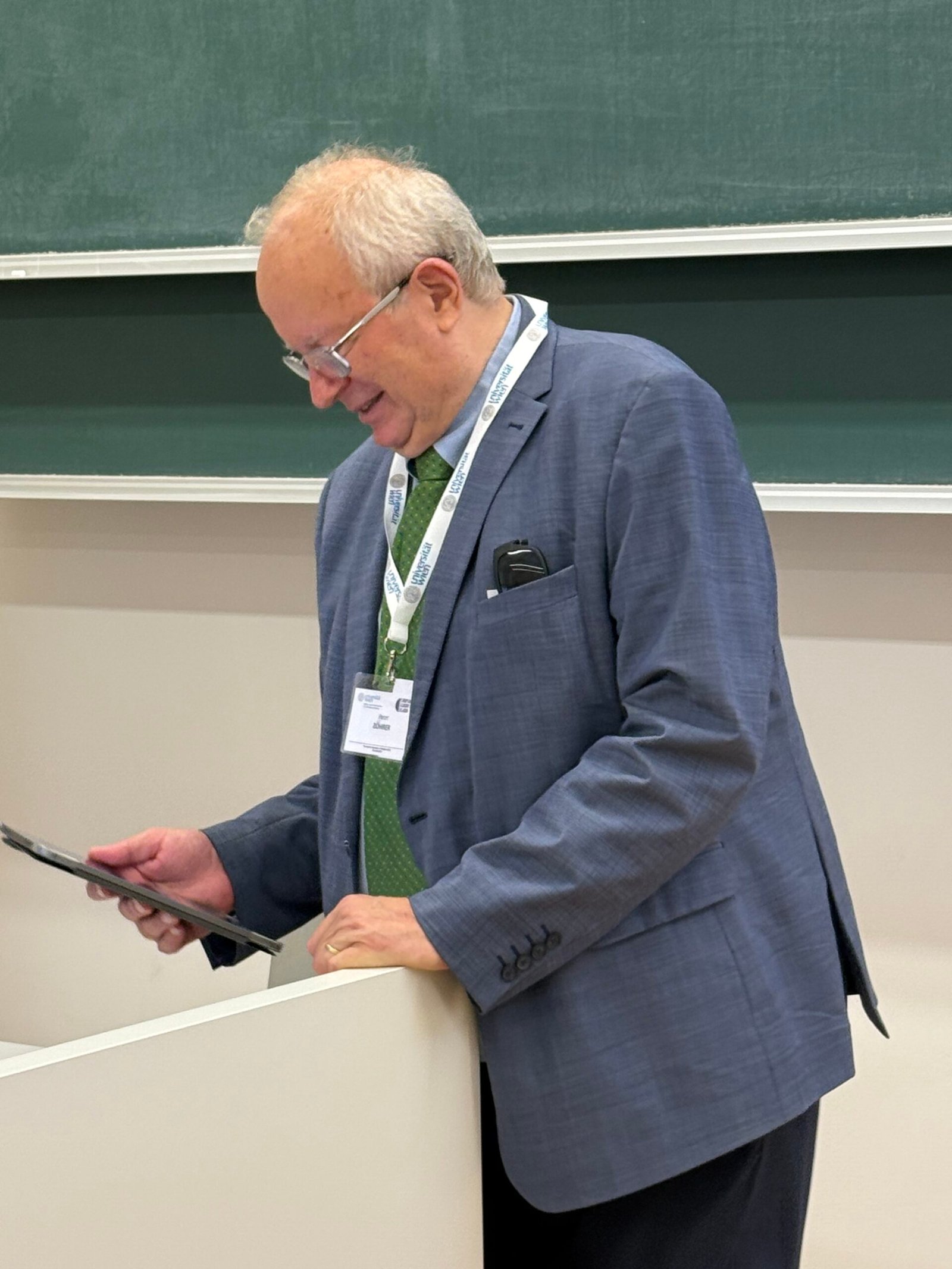
Márk Nemes, a full-time researcher and research coordinator at the Hungarian Academy of Arts, Research Institute for Art Theory and Methodology, Budapest, as well as the Deputy Director of CESNUR, expressed his fascination with Tai Ji Men’s Dragon Dance and shared his interpretation of the performance. He noted that while audiences may view the dance as simply cultural, it incorporates elements typically recognized by scholars as spiritual rituals, from gathering bamboo in sacred forests to assembling the dragons and the dance itself.
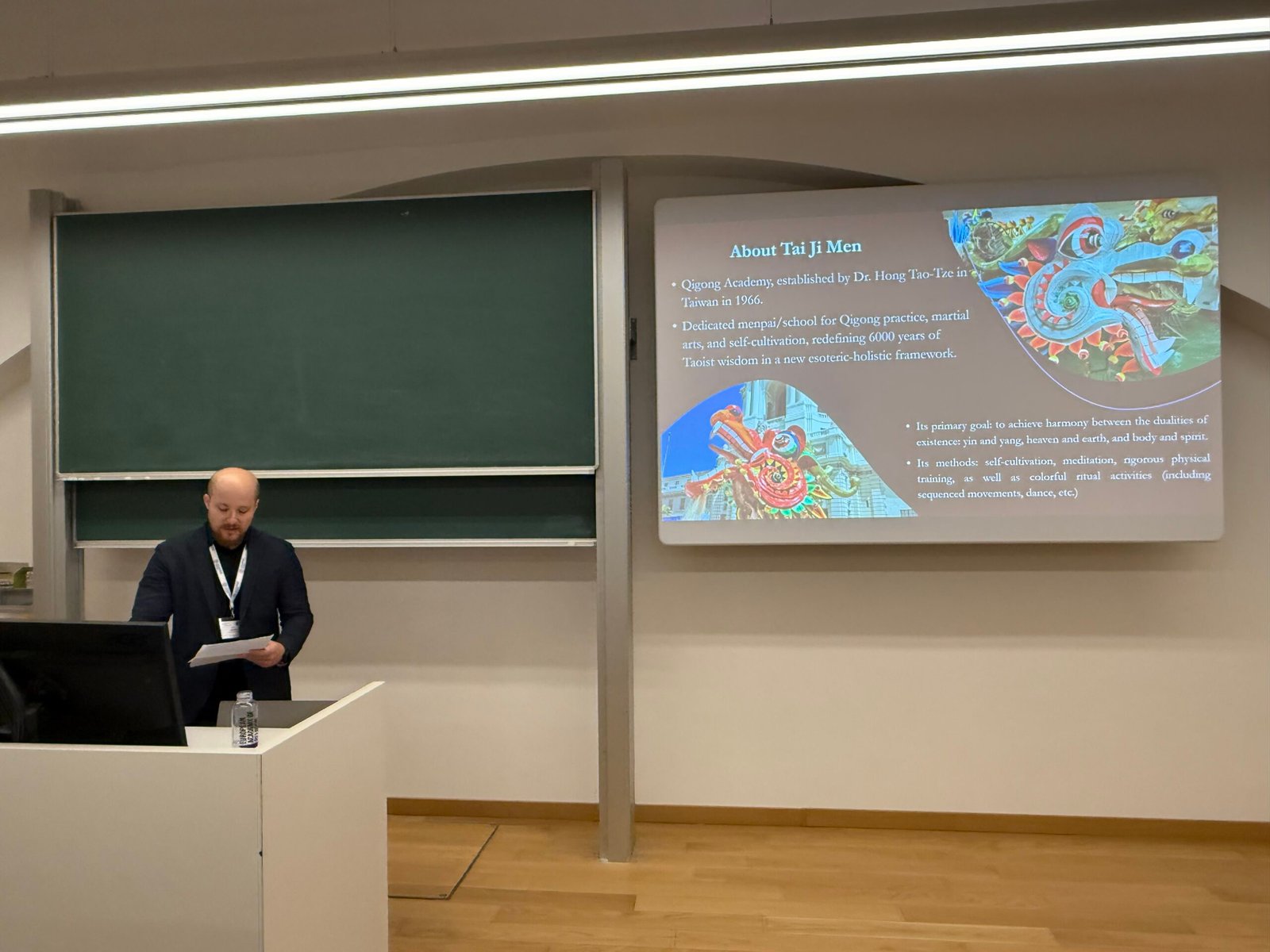
Nemes also discussed the Bell of World Peace and Love, which Tai Ji Men urges world leaders to ring. The late Italian scholar PierLuigi Zoccatelli studied the deep symbolism of this bell. According to Nemes, this is pertinent to the Tai Ji Men case, as freedom of cultural and spiritual expression is protected by the International Covenant on Economic, Social and Cultural Rights. Taiwan incorporated this covenant into its domestic legislation in 2009 but has subsequently violated it in the Tai Ji Men case.
Massimo Introvigne, an Italian sociologist and CESNUR’s Managing Director, presented a historical overview of scholars and human rights activists’ engagement with Tai Ji Men. This engagement began with early pioneers like René Wadlow and Kenneth Jacobsen and blossomed after Introvigne himself encountered Tai Ji Men in Taiwan in March 2019. Since then, scholars from all continents have shown interest in Tai Ji Men and its case, leading to the publication of over 600 articles, conference papers, and videos. Introvigne described this phenomenon as unique in the study of new religious movements, warranting specific scholarly attention.
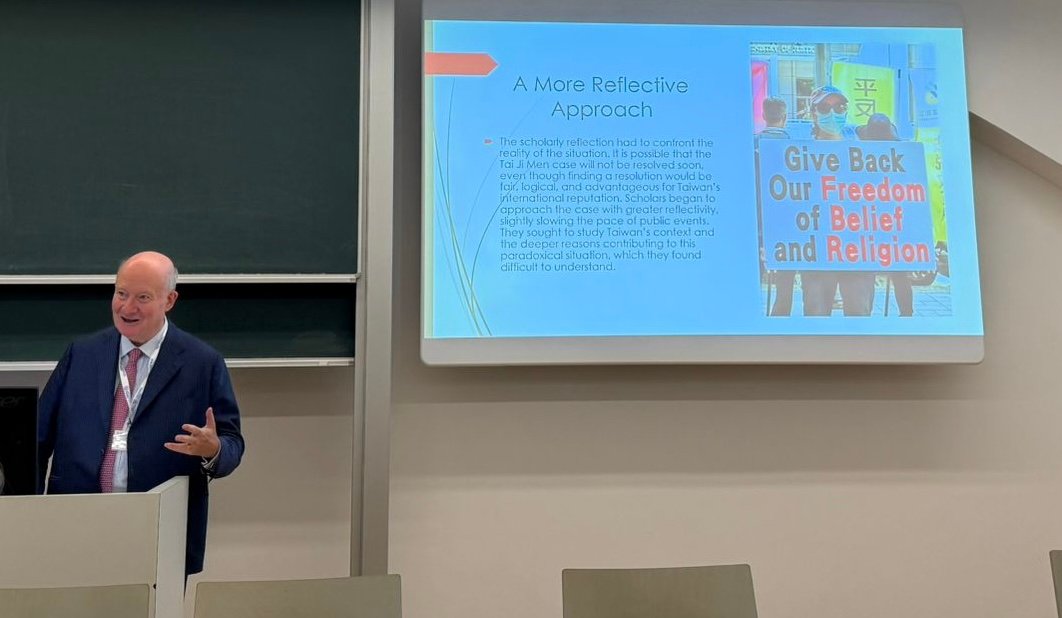
He distinguished three periods in the scholarly study of Tai Ji Men: the pioneering era before 2019, the period of hope from 2019 to 2024 when scholars believed a resolution of the case was imminent, and the period of deeper reflection on Taiwan’s legal and tax systems following the disappointing decision by the Taichung High Administrative Court on August 2, 2024, which missed the opportunity to resolve the Tai Ji Men case.
Three subsequent papers were presented by Tai Ji Men disciples (dizi).
Samantha Chen, who earned a master’s degree in Library and Information Studies from National Taiwan Normal University and a bachelor’s degree in Language and Creative Writing from the National Taipei University of Education, spoke about the Phoenix Dance and the Sword Dance. She participated in performances of both dances at large public events.
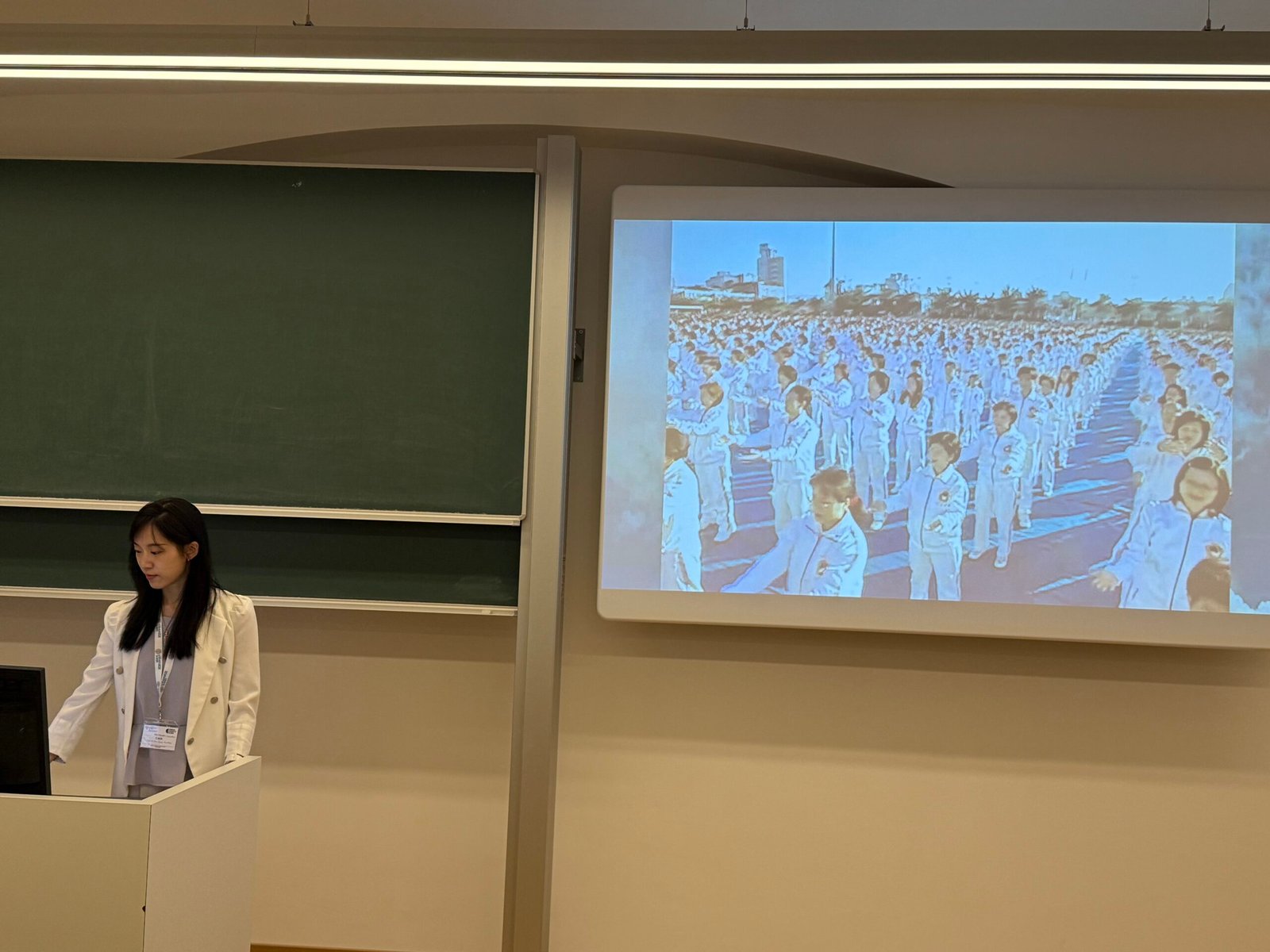
She emphasized that these dances inspire dizi to advocate for justice. The Sword Dance symbolizes righteousness, courage, and perseverance, while the Phoenix Dance embodies compassion, care, and forgiveness. Participating in these performances across different continents has taught dizi the courage to stand up for their beliefs. Chen expressed her conviction that the religious liberty crisis in Taiwan, highlighted by the Tai Ji Men case, can be transformed into an opportunity to create a more conscientious and just society.
Claudia Huang, a former prosecutor and now a lawyer in private practice in Taiwan, provided a summary and legal analysis of the Tai Ji Men case. She traced its roots to the lack of a culture of freedom of religion or belief in Taiwan and the repression of spiritual groups perceived as misaligned with the government during the Martial Law period and beyond. This context contributed to the politically motivated crackdown on several religious movements, which led to the creation of the Tai Ji Men case in 1996.

Huang emphasized the fabricated nature of this case, which is based on the false theory that the gifts given by dizi to their Shifu (Grand Master) are tuition fees for a non-existent cram school.
According to Huang, Tai Ji Men has exhausted all available administrative remedies. The resolution of the Tai Ji Men issue now depends on a political solution, achievable if both civil society in Taiwan and international human rights organizations continue to urge the Taiwanese government to address a case that severely damages its international image.
Eileen Ho, a marketing designer and visual development artist with a bachelor of fine arts degree from Chinese Culture University in Taipei, described Tai Ji Men as a “gate of infinite wonders.” It preserves millennia-old teachings about the origins of the universe and the laws of nature, as well as lessons on recognizing the “five poisons” and the “seven emotions and six desires” inherent in human nature.
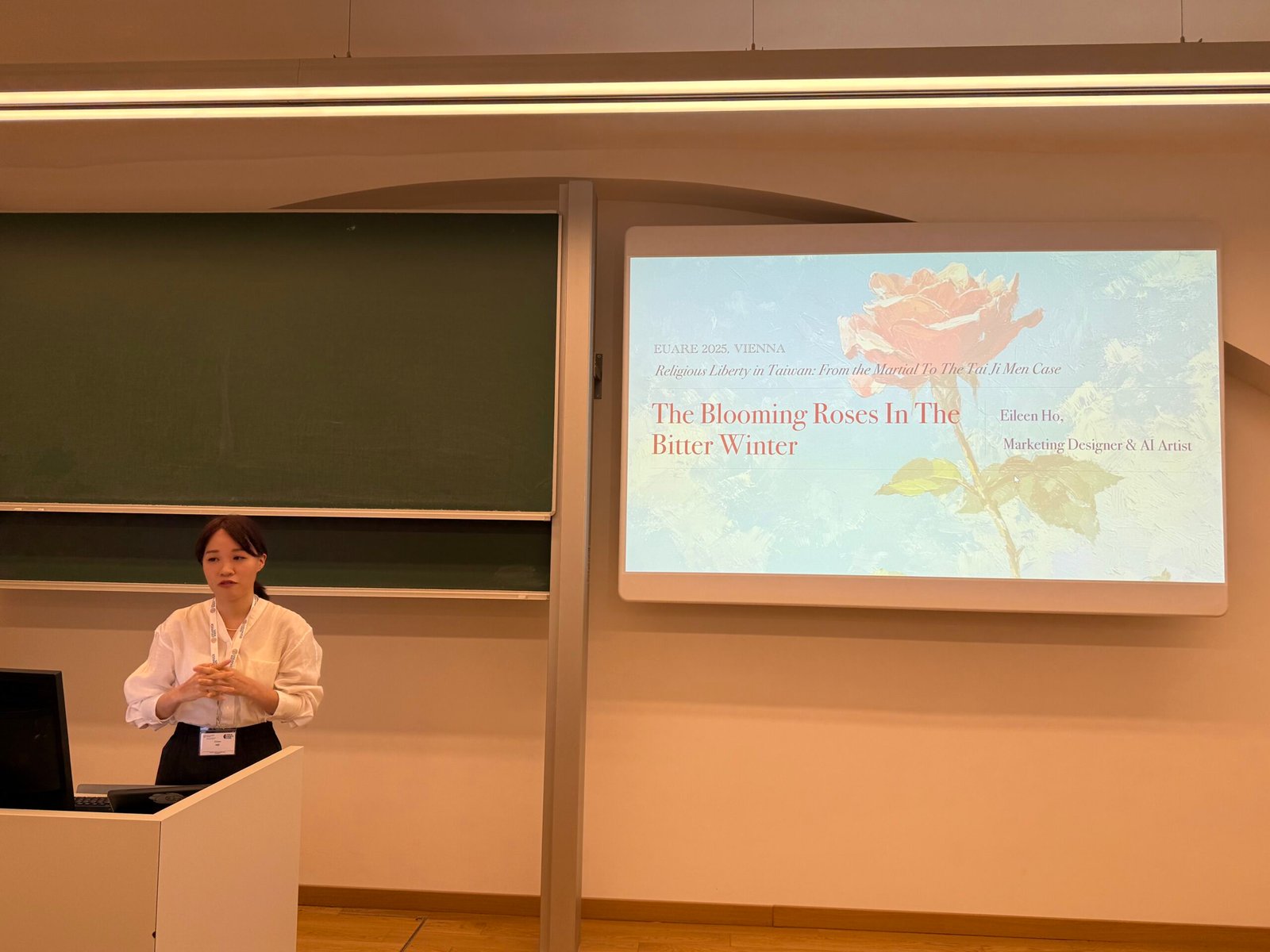
Tai Ji Men teaches through both words and performances. Ho played the role of “Doubt” in the allegorical stage play “Back to the Origins,” which encouraged both performers and the audience to confront their inner doubts. She also shared her experiences from a trip to Saudi Arabia, where she accompanied Dr. Hong on a cultural goodwill mission and encountered a different culture that prioritizes faith above all other aspects of life.
Ho then reflected on the “great catastrophe” that affected Tai Ji Men in 1996 when the case began. Since she was a teenager, she has participated in public protests, transforming her suffering into strength.
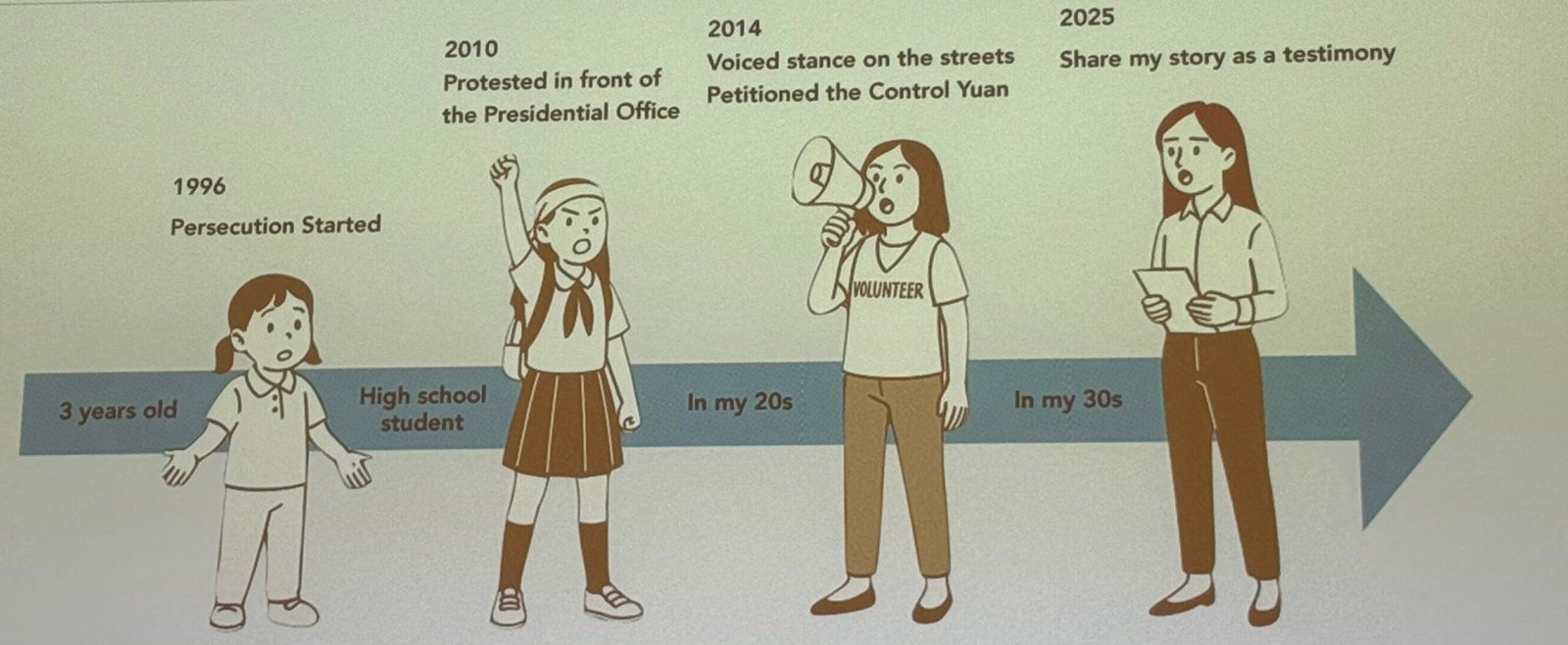
This journey continues, and like “blooming roses in a bitter winter,” it inspires many to fight for justice and freedom of religion or belief, Ho concluded.
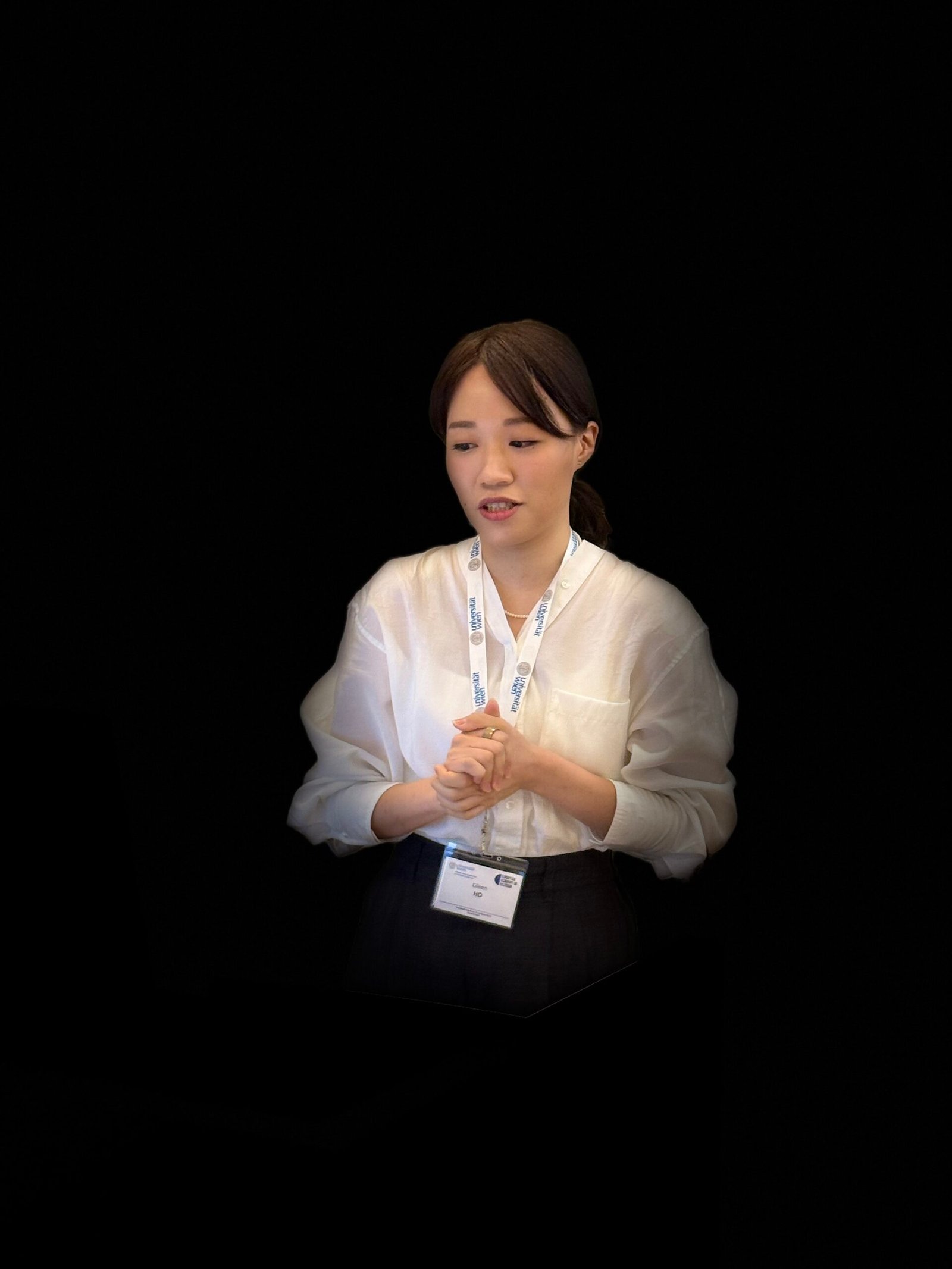
Tai Ji Men dizi had several opportunities in Vienna to interact with scholars from around the world. Claudia Huang chaired an important session focused on second-generation members of new religious and spiritual movements.

Alessandro Amicarelli is a member and director of Obaseki Solicitors Law Firm in London. He is a solicitor of the Senior Courts of England and Wales, and a barrister of Italy, specializing in International and Human Rights Law and Immigration and Refugee Law. He has lectured extensively on human rights, and taught courses inter alia at Carlo Bo University in Urbino, Italy, and Soochow University in Taipei, Taiwan (ROC). He is the current chairman and spokesperson of the European Federation for Freedom of Belief (FOB).




